From Sydney we flew to Melbourne, very likely our last stop of our world tour, as we had a flight booked to bring us home. We had the option to reschedule in case the Australian government decided to lift the travel restrictions, but I can tell you already, they did not. Also it was getting a bit cold in Melbourne, since they are starting towards winter there. So by the time I am writing this we are back in Germany.
In Melbourne we were welcomed by Dave and Mimi, an Australian couple that we know though Chris’ work. Both lived in Germany a few years back and we were looking very much forward to meeting them again. They live in a nice area not far from the city center with many surprisingly small, one-storey houses. There are lots of shops and a nice market, as well as lots of restaurants and cafes, which were unfortunately all closed. But we ordered in a couple of nights and got to enjoy some excellent food! Together we walked around the city and though the neighboring quarters. The city is known for its street art that can be found in several alleys in the city center. Sadly, one has recently been sprayed over with simple tags and basically trashed by other spayers. Maybe out of envy?
Melbourne also has a beach called St. Kilda, which was described to us as rather disappointing but Australians have a very high standard regarding beaches. Everything that’s not pure white sand with nice waves and a great view is garbage. St. Kilda’s beach is just fine on any scale and for us living so far from the shore, it’s excellent.
After it being just the two of us since we parted with my parents it was really enjoyable to be with other people again. During travelling you usually get to talk to a lot of people but due to Covid we had been avoiding most people. We also got to celebrate Dave’s birthday together and had some very memorable Guinness cake!
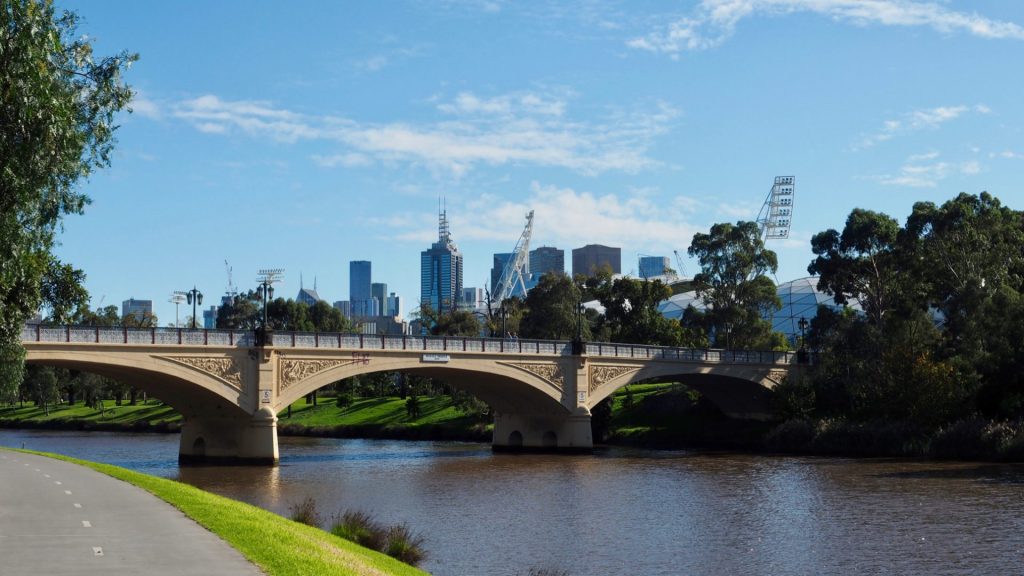
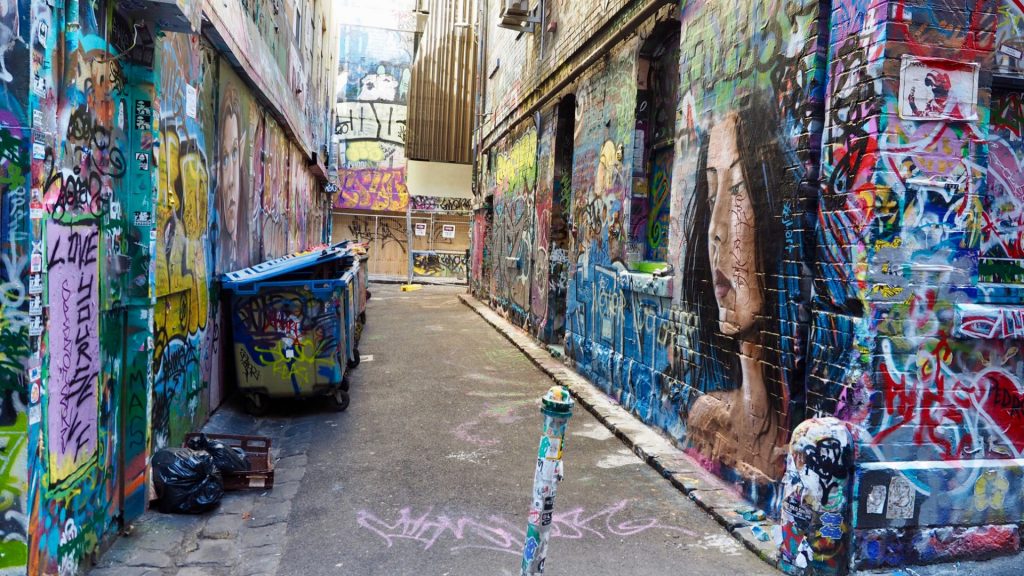
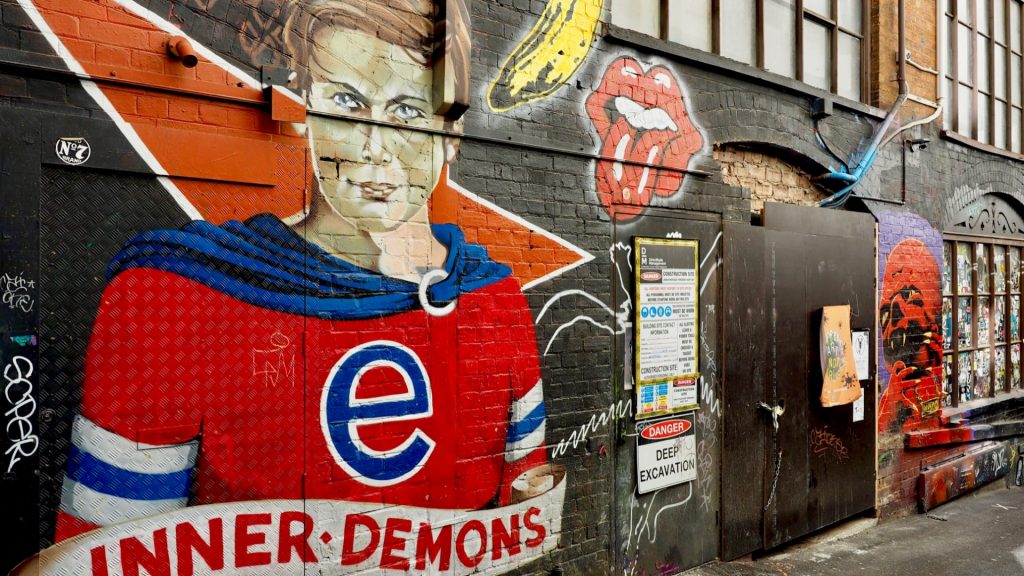
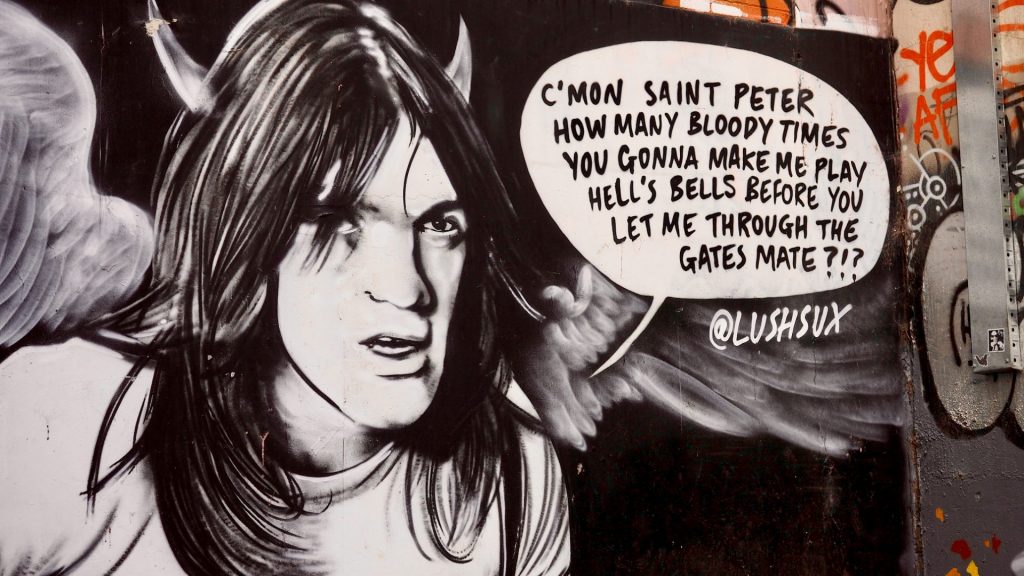
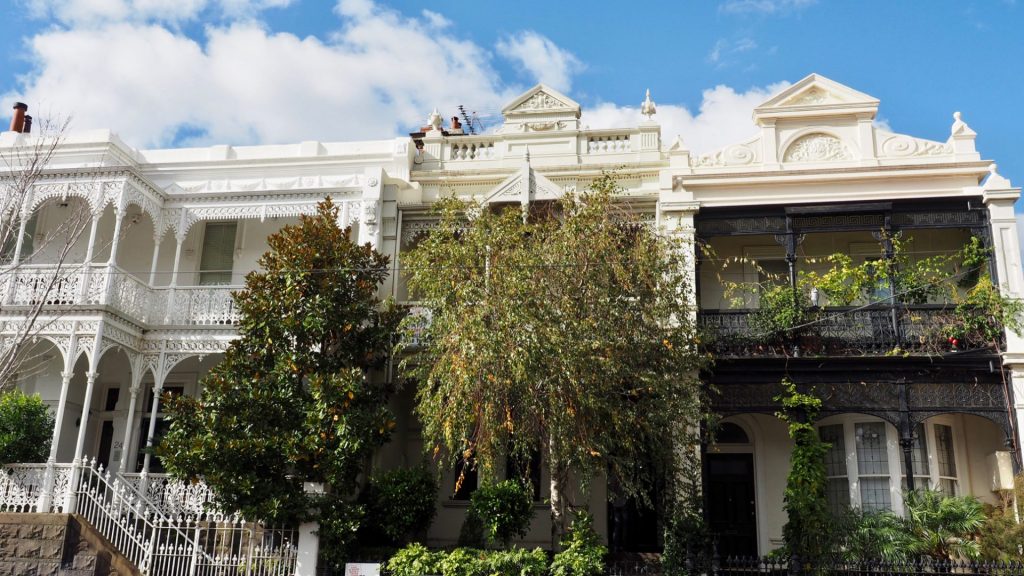
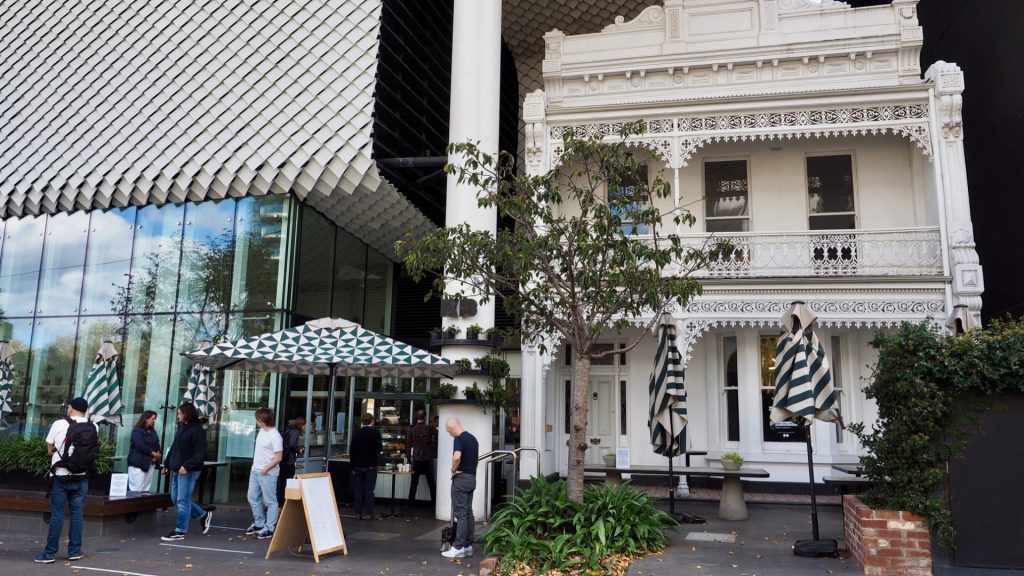
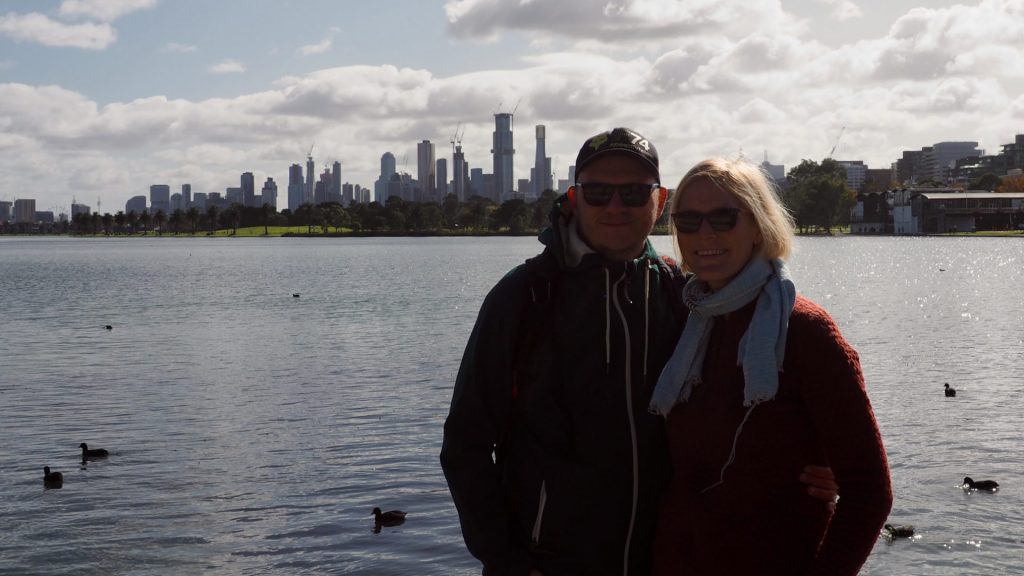
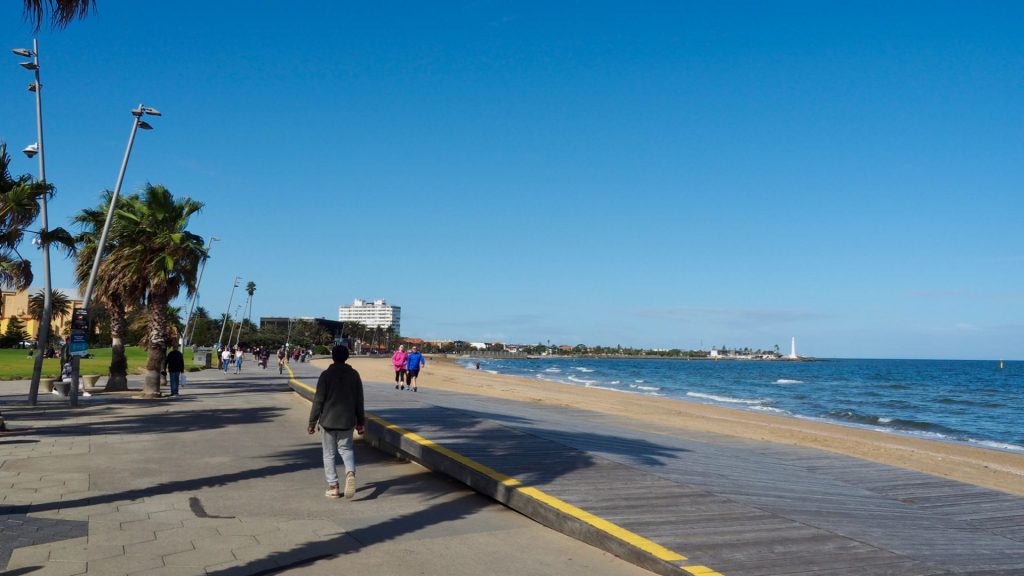
From Melbourne we took a few day trips with a rental car which covered the main highlights of Victoria as described by our Lonely Planet. Our first trip brought us to Phillips island which is roughly a two-hour drive south of Melbourne. Usually it is a popular destination for a short vacation but everything was rather deserted. Only the most popular surf sports were clearly marked by a full parking lot. The views and the landscape were spectacular. On our way we also found a nice farm where we got some fresh produce, bacon and cheese. Along the very long driveway to the farm house we could see the pigs and cows on their meadow.
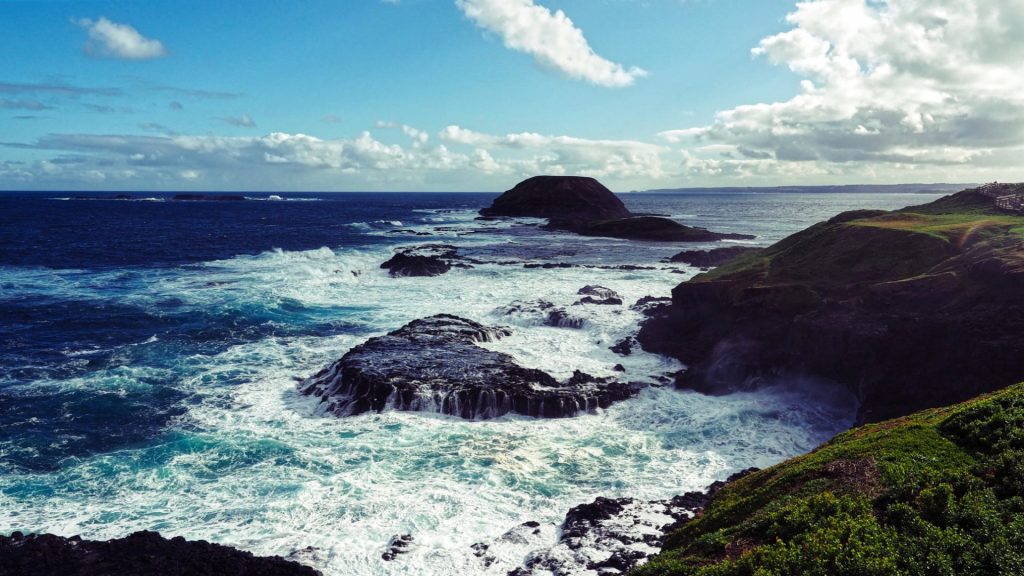
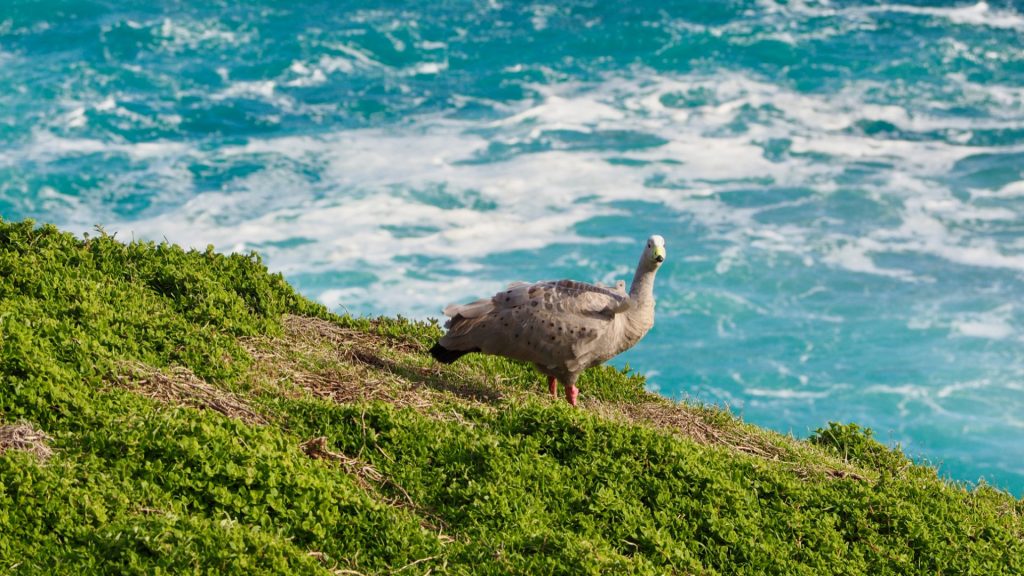
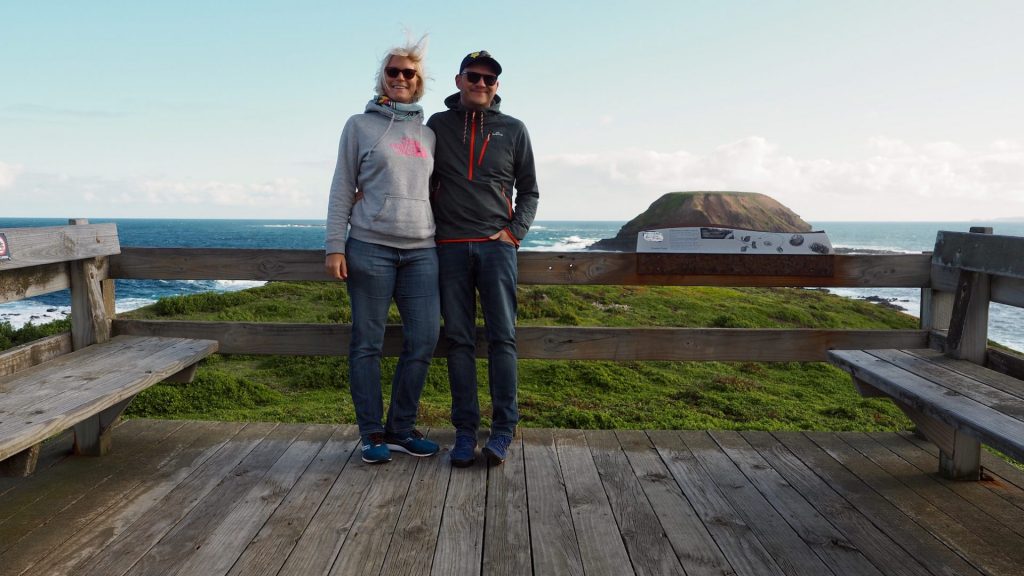
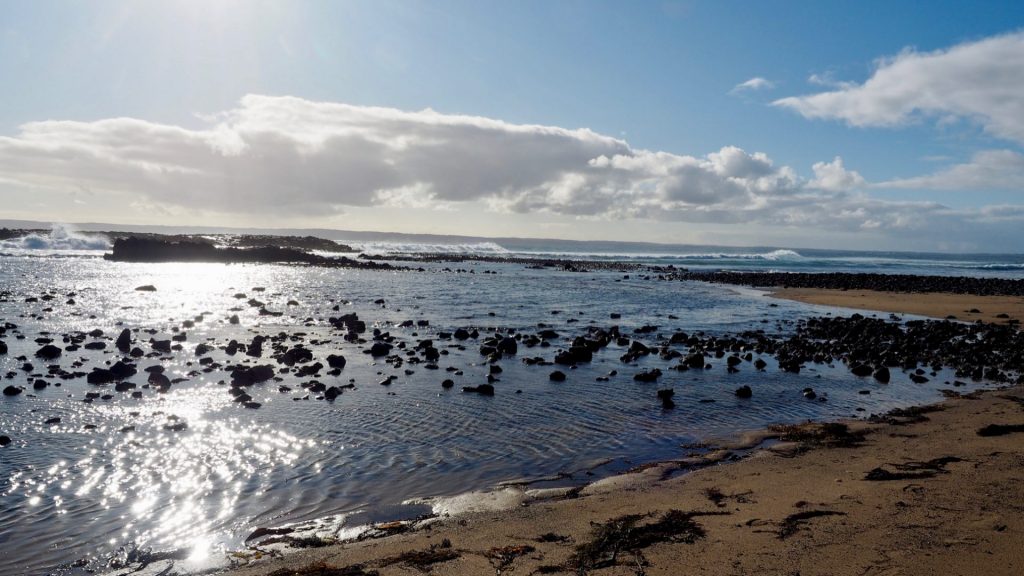
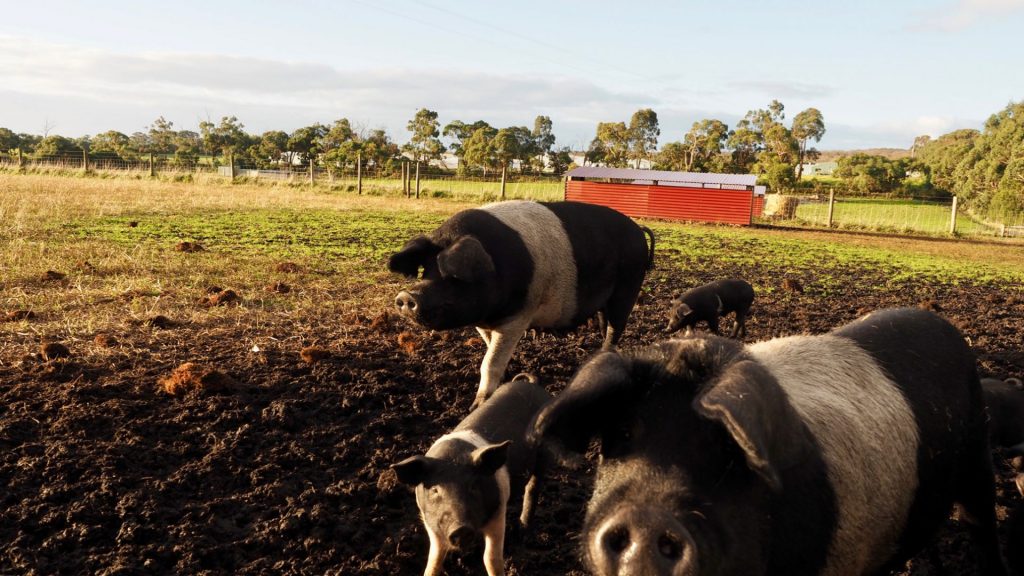
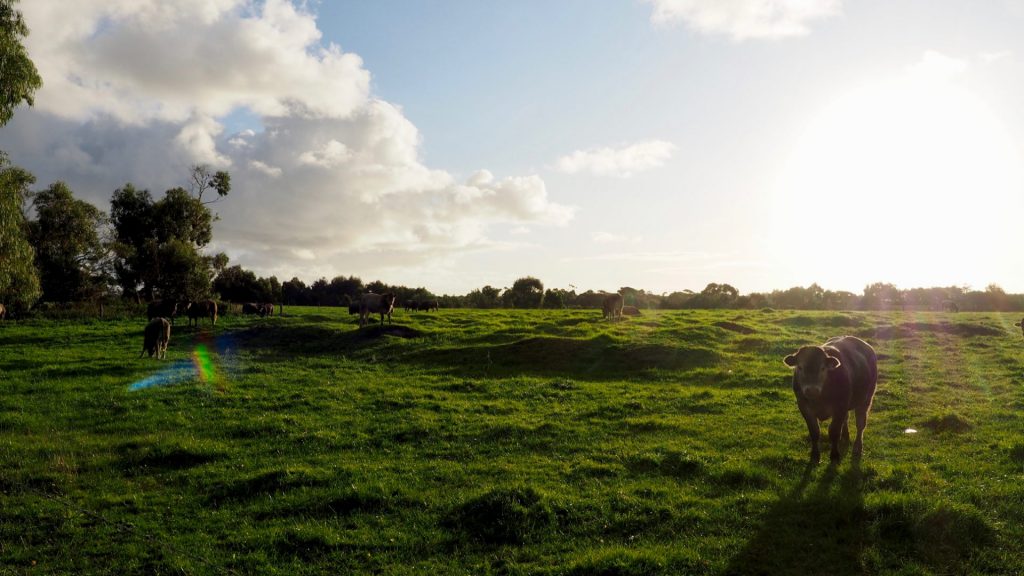
For our drive along the Great Ocean Road we got up early in the morning. The Great Ocean Road is a scenic route south-west of Melbourne. It takes a little while to get there and the Road stretches over almost 300 km, so we could not cover it all in that one day. But the views are nevertheless spectacular. We only turned around with sunset to head back for Melbourne. There are plenty of look-out points and spots with beach access. Some of the highlight are a tall lighthouse overlooking the shore and small islands formed from limestones stacks just off the cliffs of the shore. With Victoria being on the most southern edge of the Australian mainland the climate is much colder. The scenery with the cliffs, a chilly wind and some rain it reminded us of Scotland just without distilleries. Instead there are a lot of vineyards, evidence to a mild climate. Maybe one could say the South-Australian winter is much like the Scottish summer.
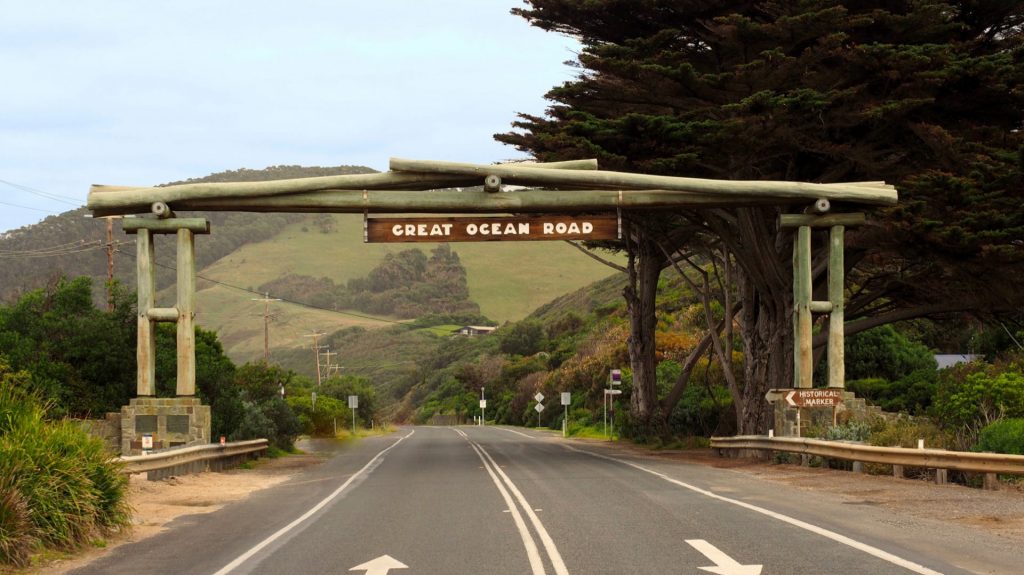
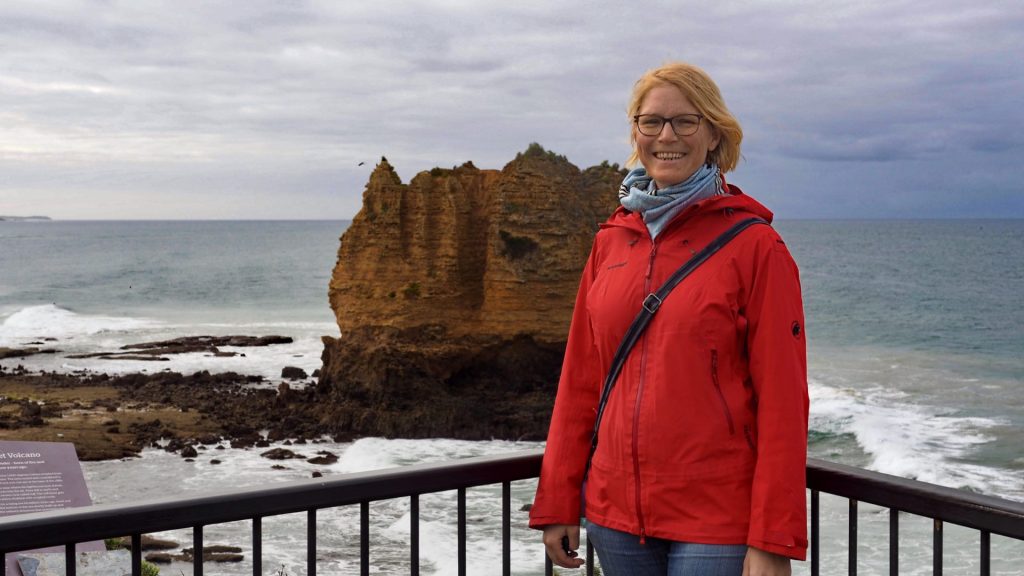
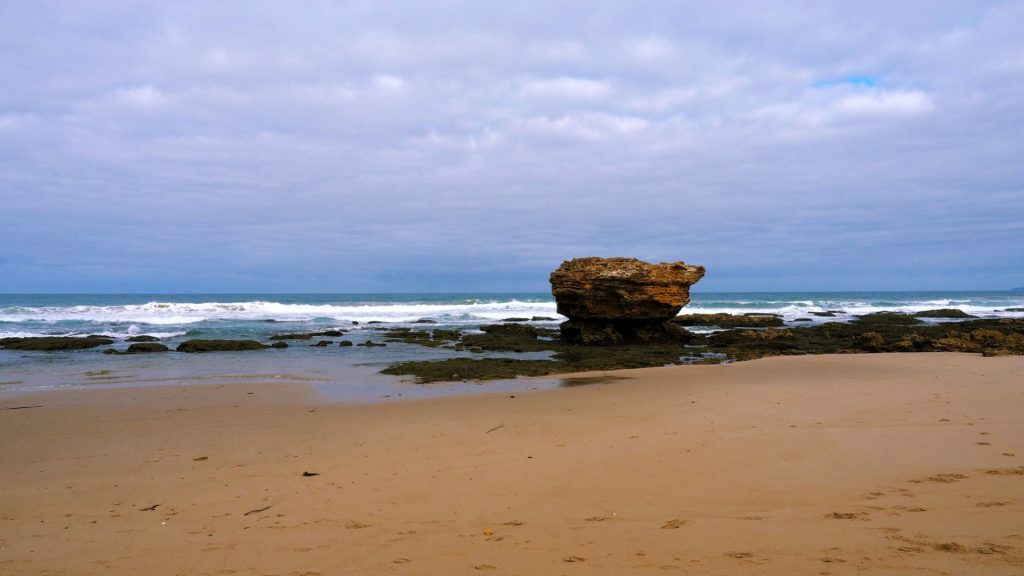
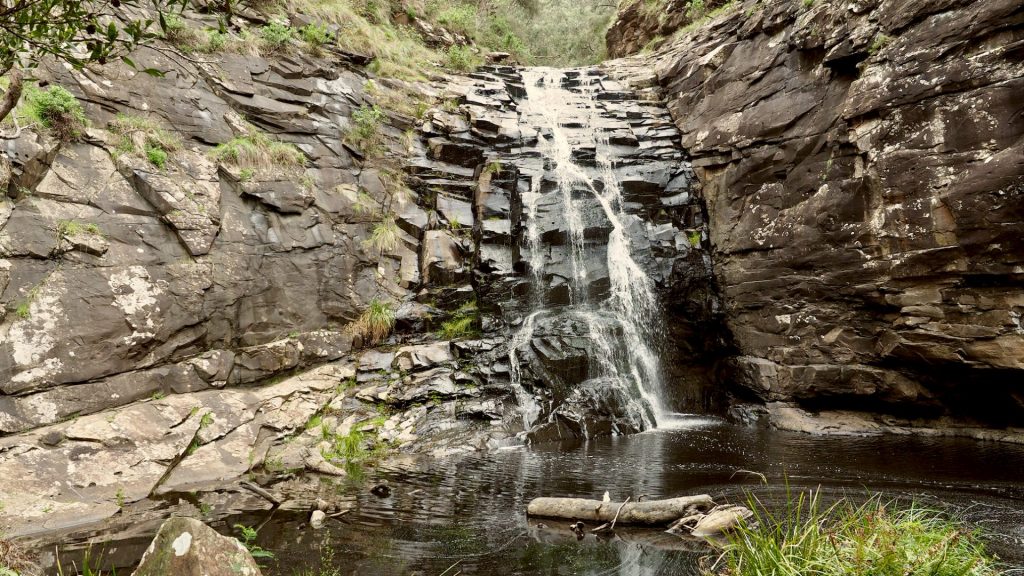
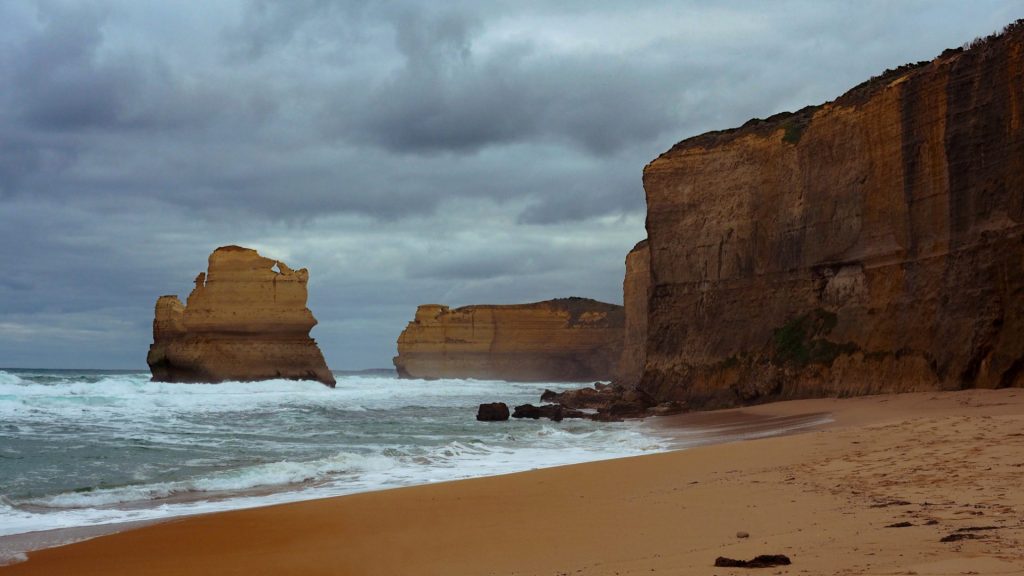
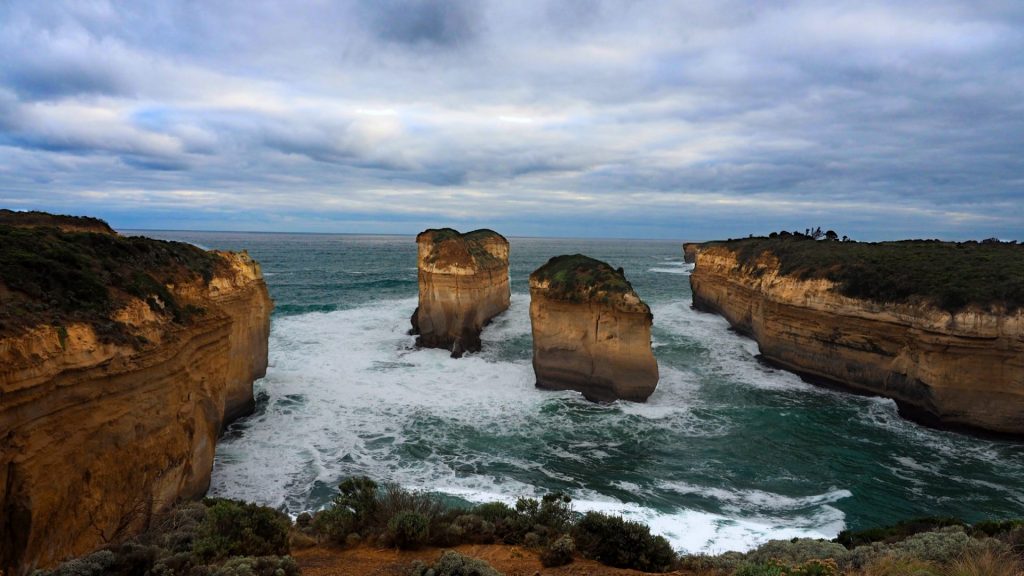
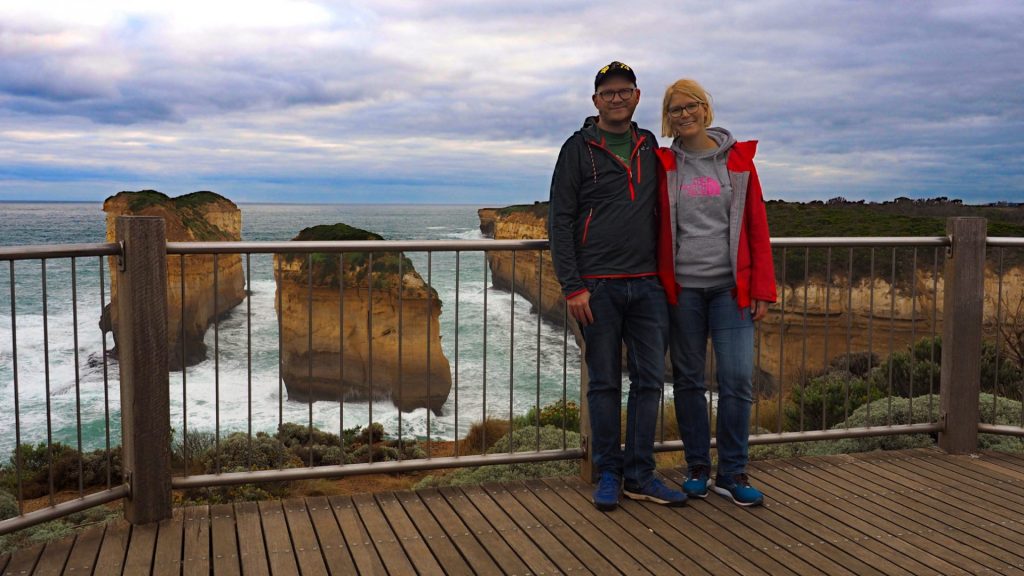
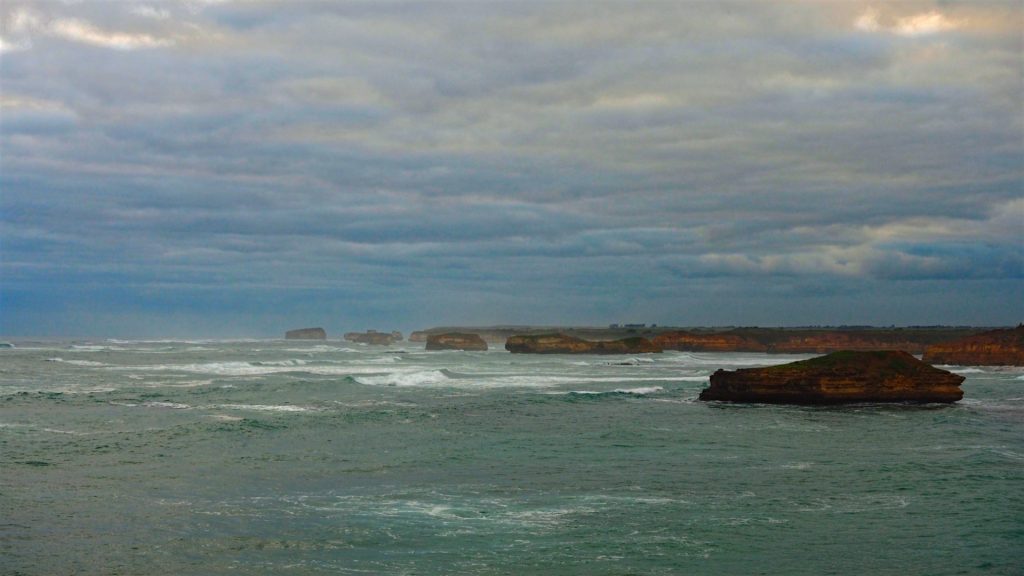
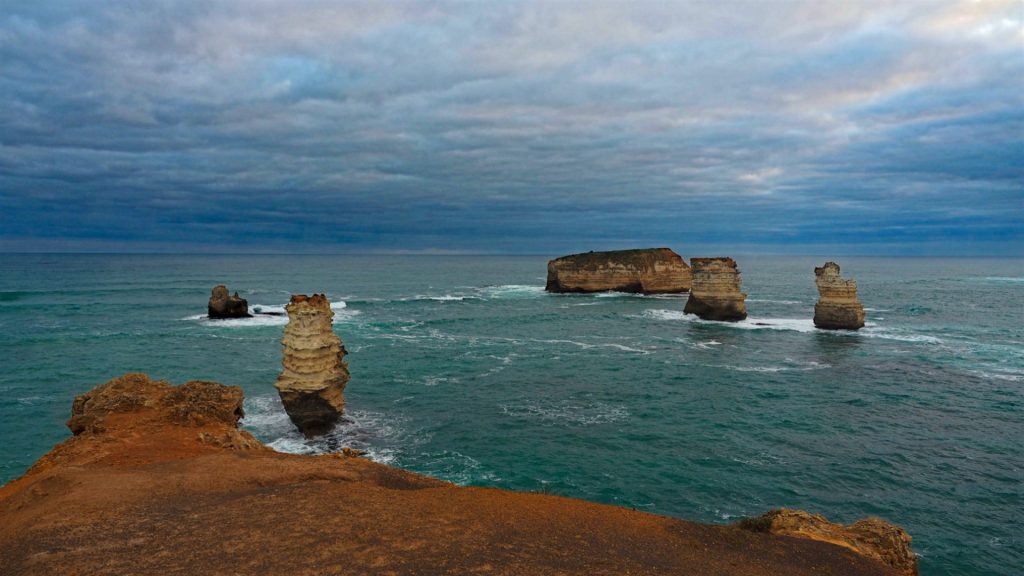
Australia has large deposits of resources in the ground. Today coal mining is an important sector of the economy but in the past it was gold that shaped the country. In the late 18-hundreds Australia experienced a gold rush much like in North America after Gold was found in New South Wales and Victoria. The rush left its marks on the landscape and the cities that formed around the claims. Bendigo, the city we visited, was once one of the most important gold mining cities in the world. We visited the old sites where open pit mining has been performed with the mineral veins that once held the gold were still visible. At some point the miners turned to building shafts and the deepest shaft in the area reaches 1400 m below the surface. The town itself still shows its former wealth with many large colonial-style buildings.
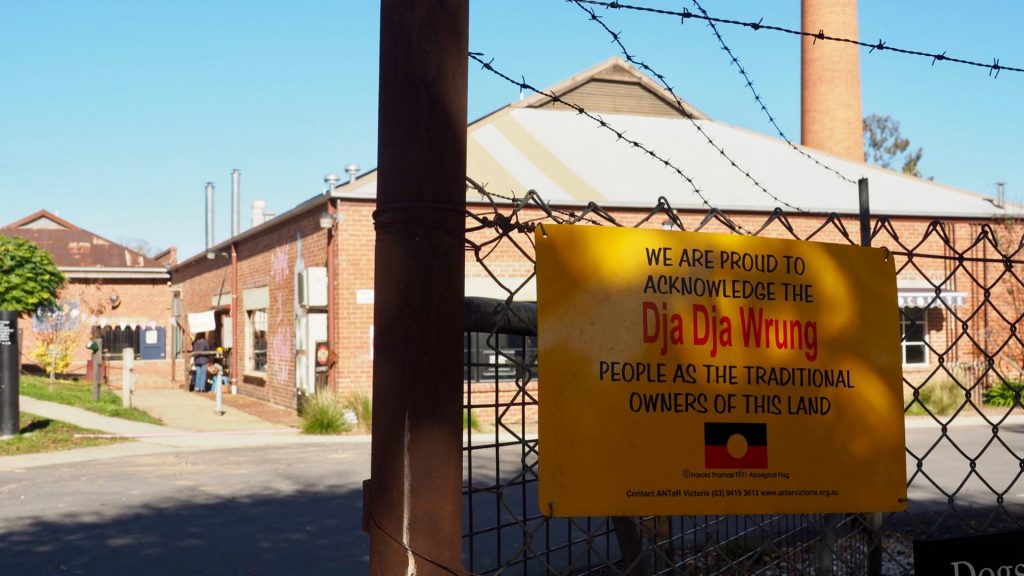
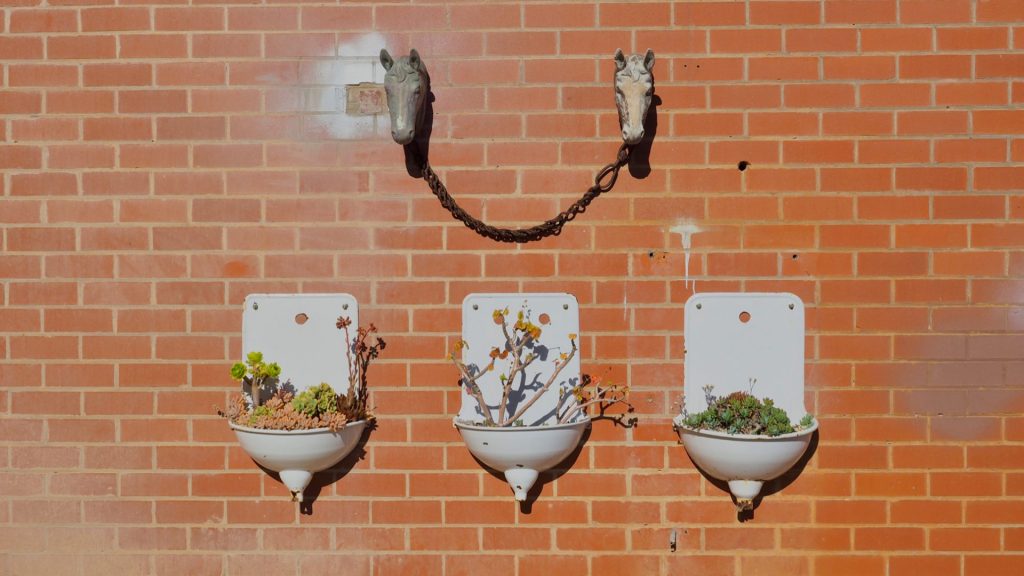
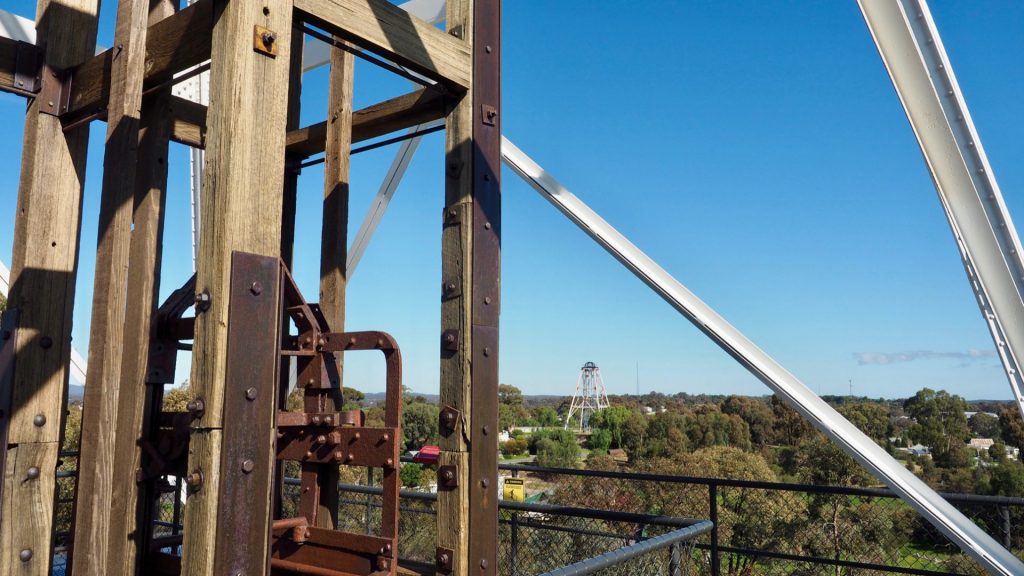
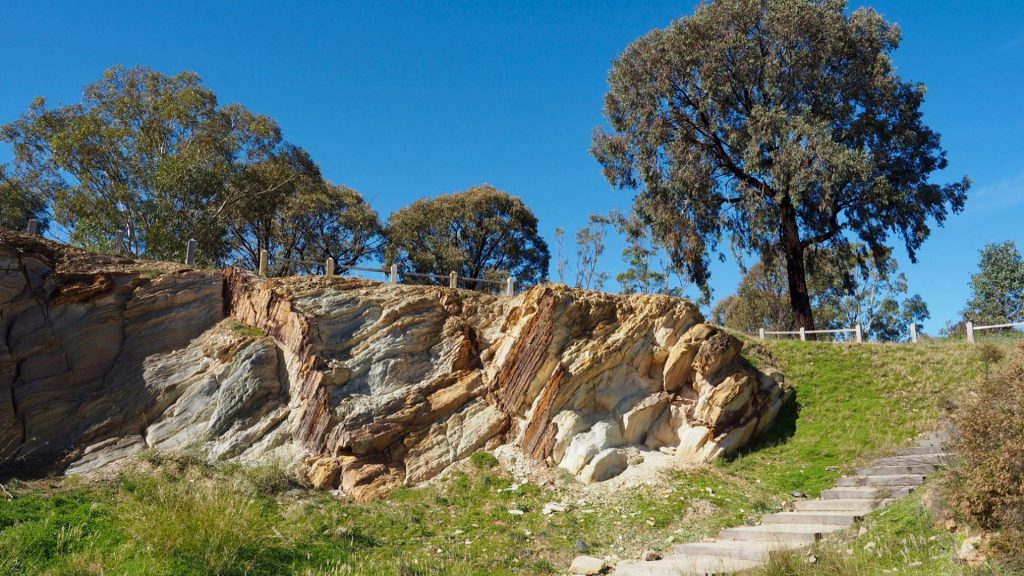
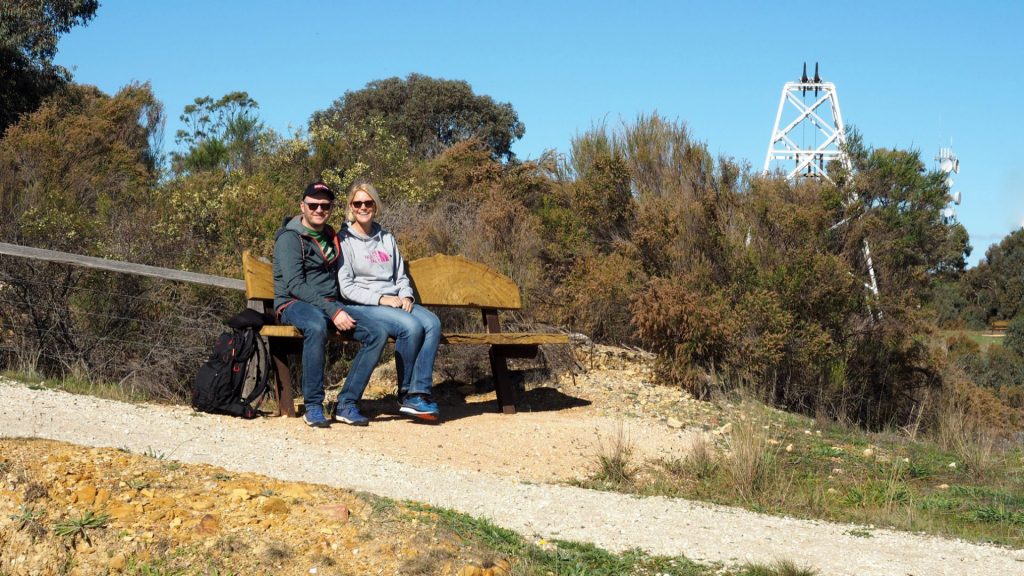
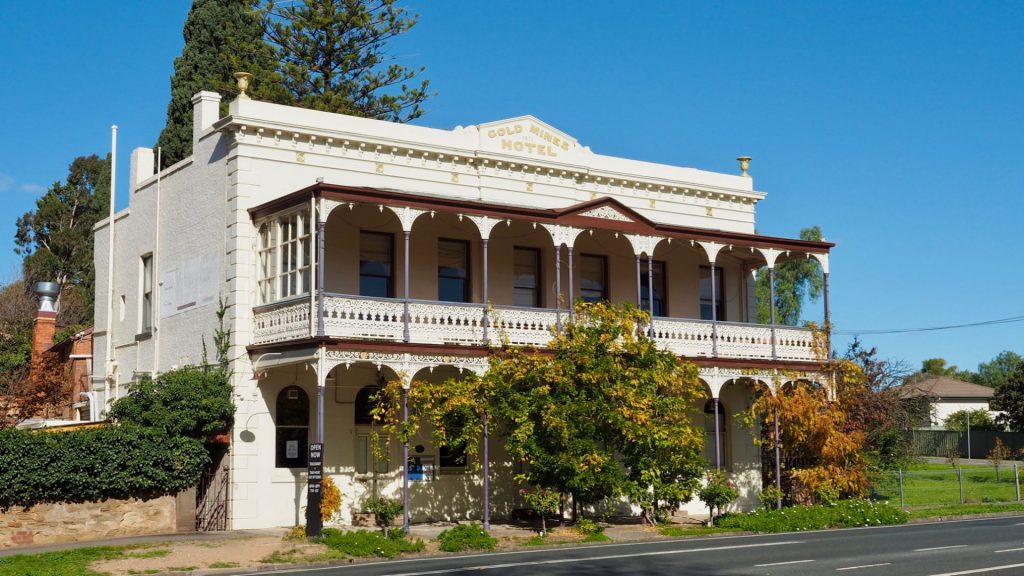
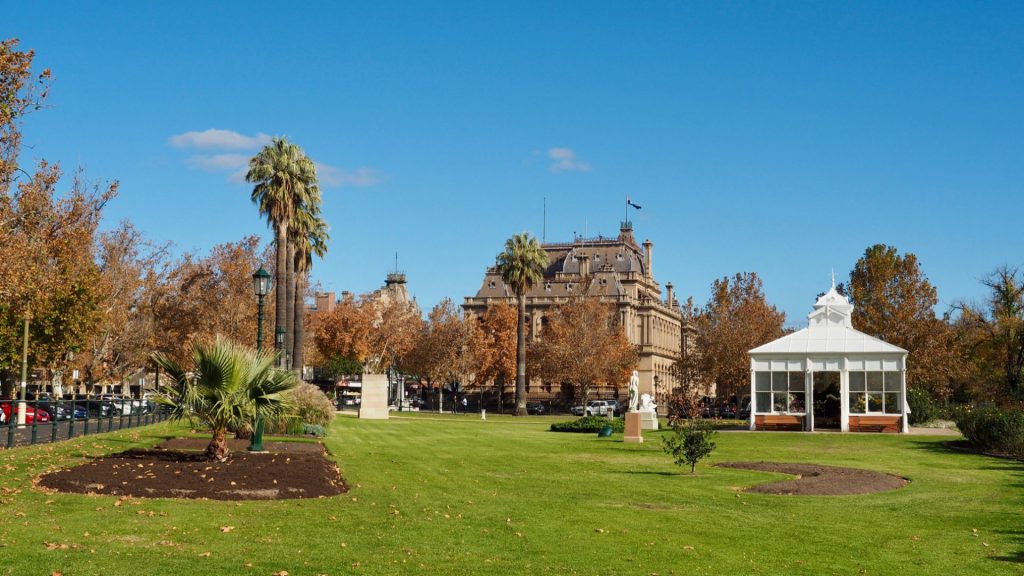
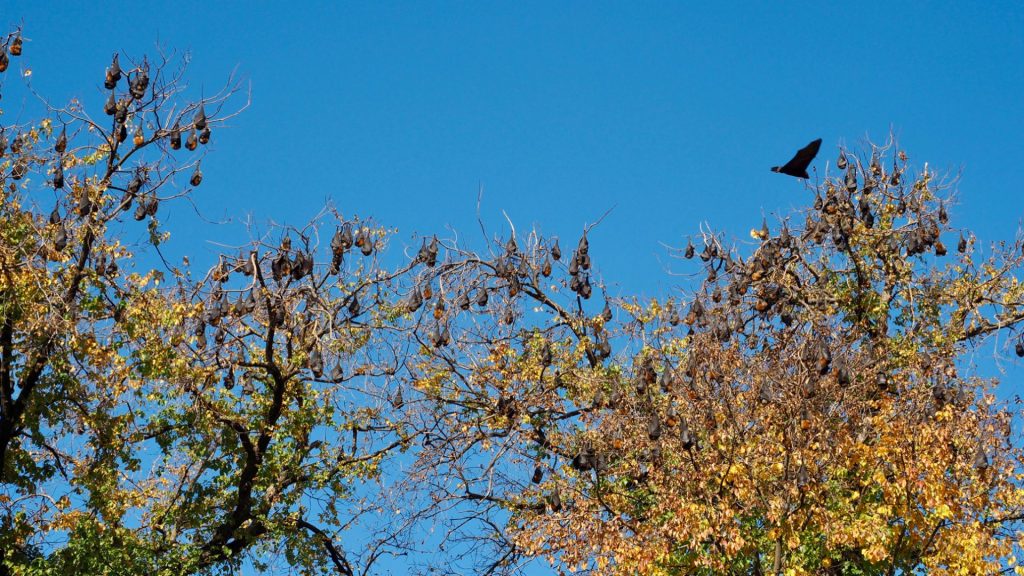
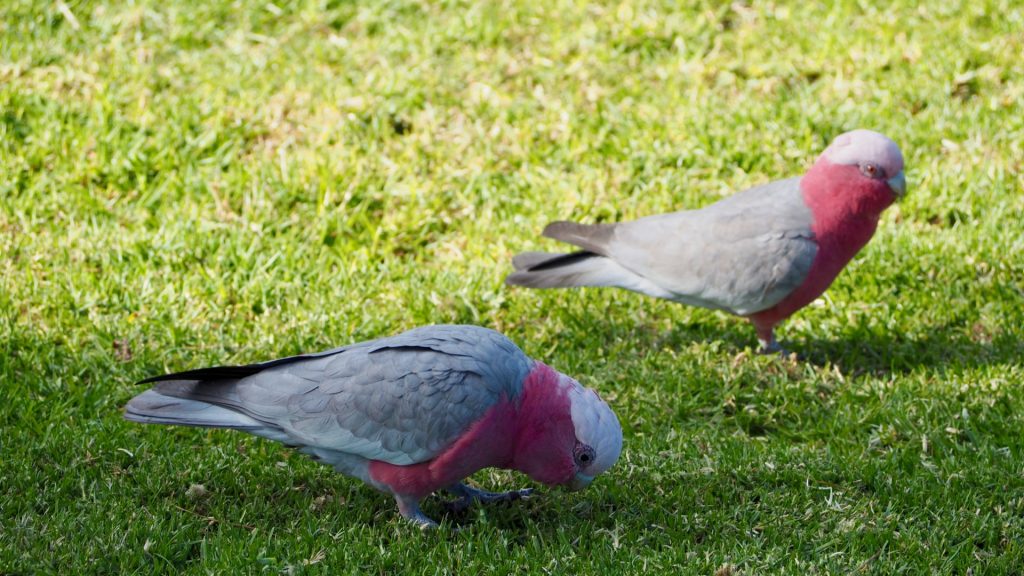
On our last weekend in Australia we wanted to go to the beach and went to Mornington and Sorrento, on the south eastern edge of the bay to Melbourne. Together with our friends Dave and Mimi we enjoyed the sun and had an enormous serving of fish and chips together. We walked it off along the beach and got to enjoy one last sunset with the sun sinking into the horizon.
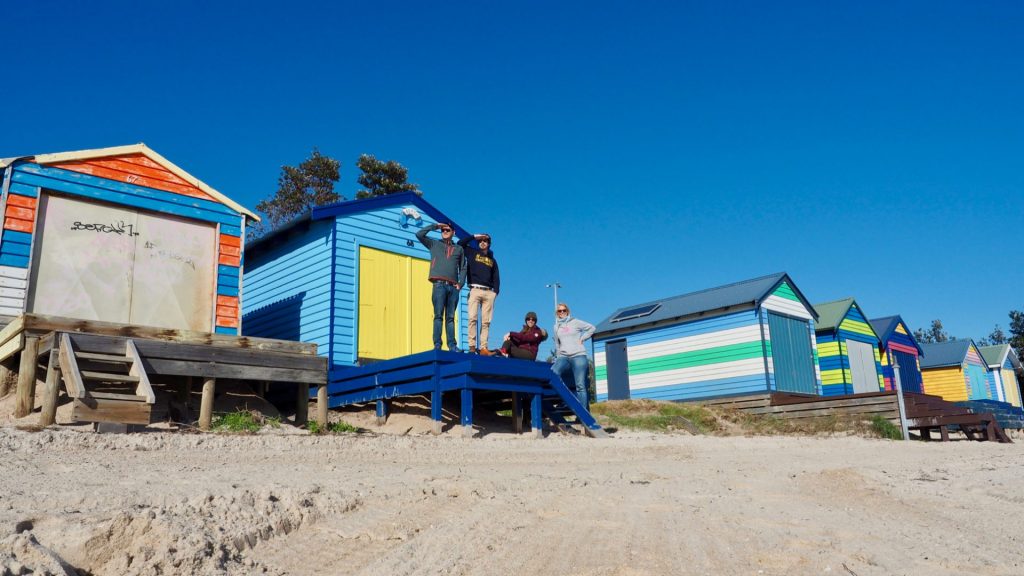
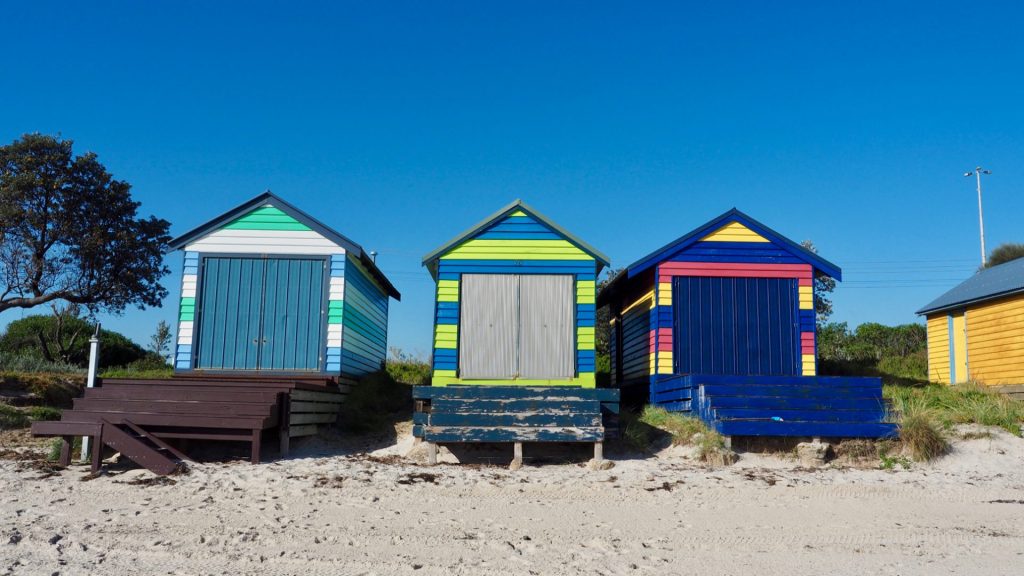
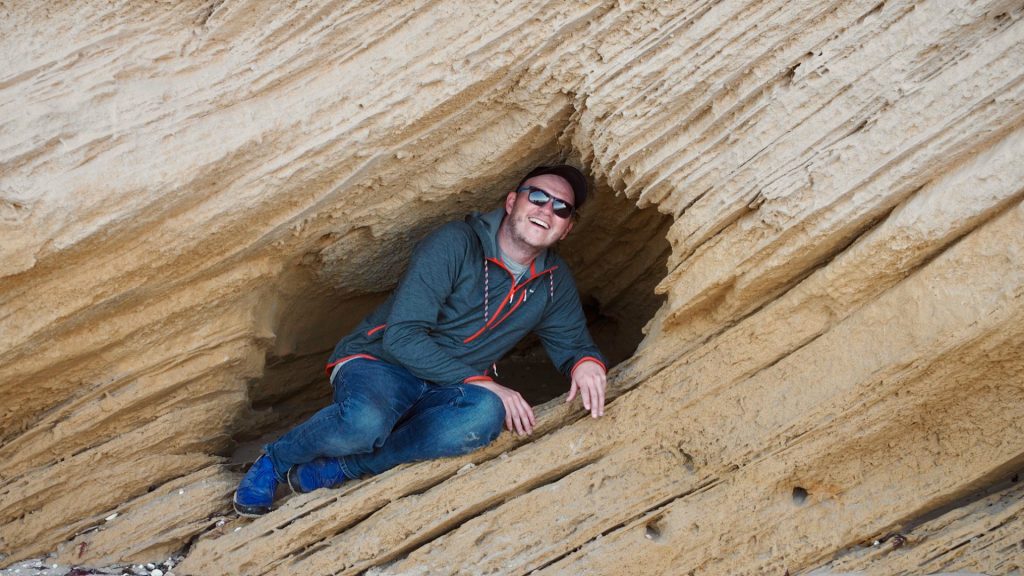
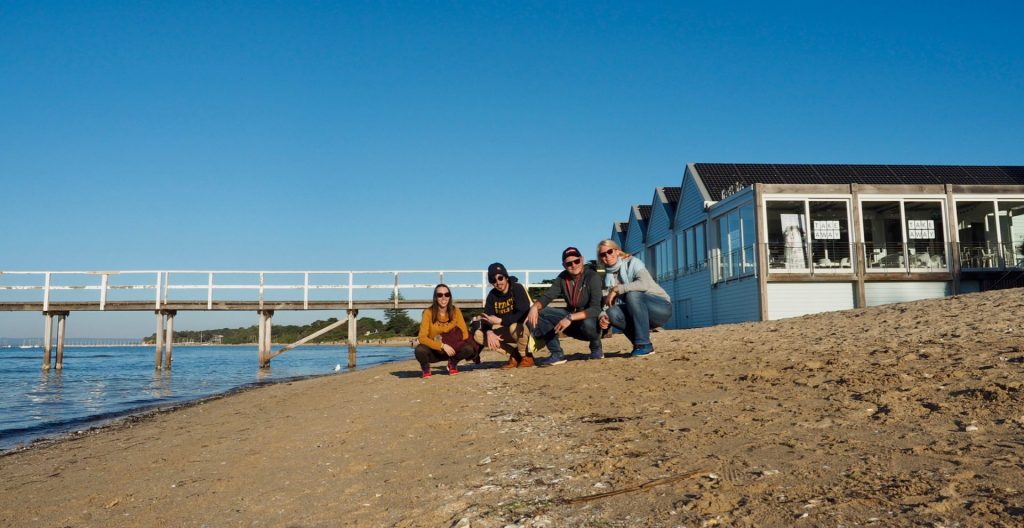
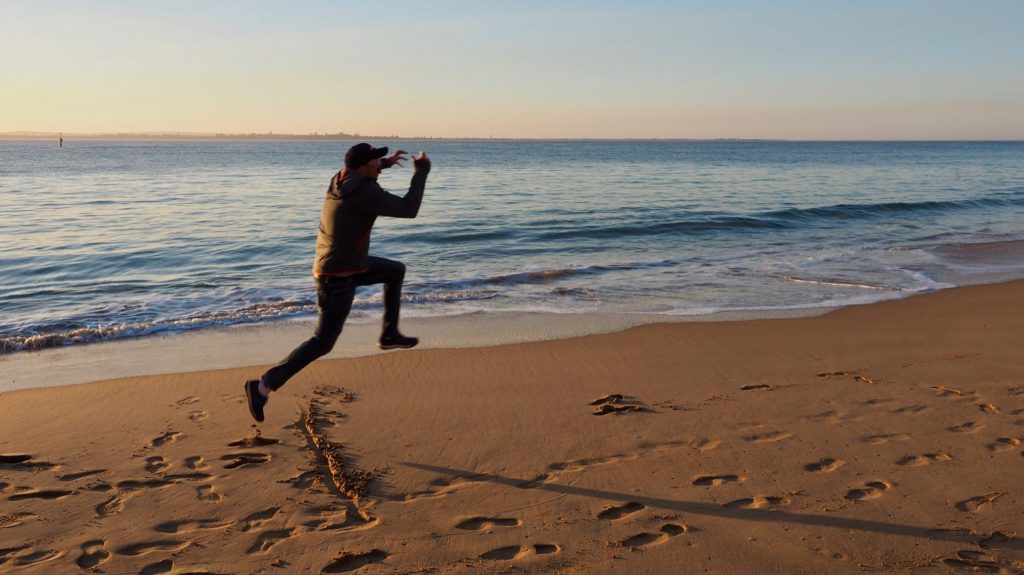
The last day was to be celebrated with a nice Australian barbeque. We got some nice steaks from Queen Victoria Market and Dave was our grill master for the day. After an excellent early dinner, we drove to the airport and returned our car. Since we had booked the cheapest car available, we could not return it directly at the airport but a few kilometers off. We had been told there is a shuttle. There wasn’t. There was no one and everything was pretty dark and deserted. After debating if we are in the right sport (we were) and taking heaps of photos of the car and even a video of us throwing the key into an unmarked hole in a door, we decided not to walk to the airport and called an Uber instead. Good call, I think we would have gotten lost otherwise.
The airport was mostly deserted, only around the Qatar check-in was what could only be considered a crowd during a pandemic. After checking-in the security check was not open yet. There are so few airplanes that it is only opened for those departures. On the plane itself about two thirds of the seats were filled. The crew was fully dressed in hazmat suits with mask and googles to complete the look. But after all, Qatar is the only airline that continued flying though the whole of the crisis up to now. They also served food and drinks during the flight and if it wasn’t for the suits and the many facemasks you could have believed that this is a very normal flight. I slept though most of the 14-hour flight to Doha. The airport there was almost as quiet with everything closed and even the water fountains were not working due to Ramadan, where no one may drink or eat in public in Qatar. There were more outbound flights from Doha, not surprising with it being pretty much the last operating hub worldwide. But we were astonished to see that there was another flight heading to Munich only one hour before our flight to Frankfurt.
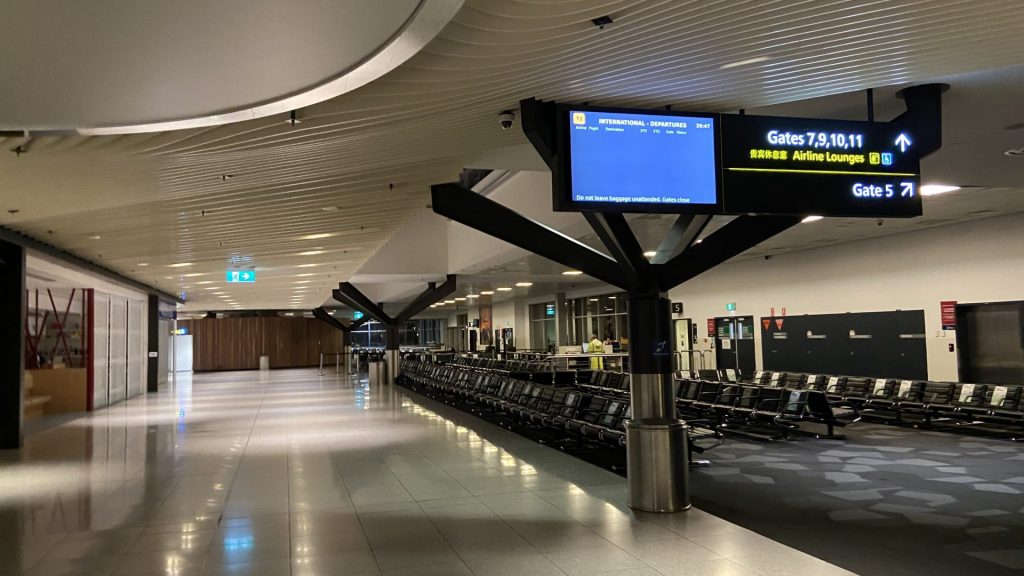
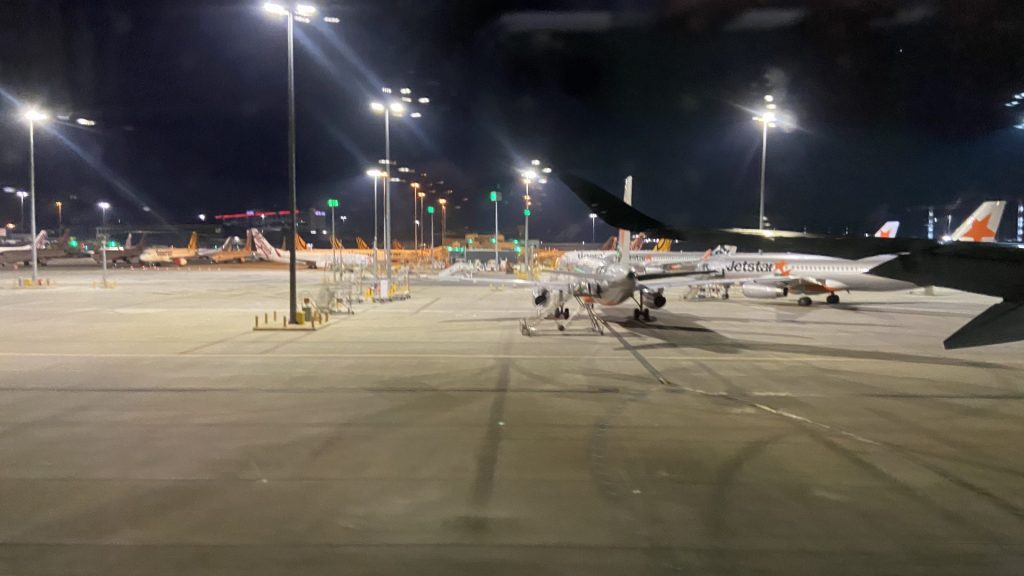
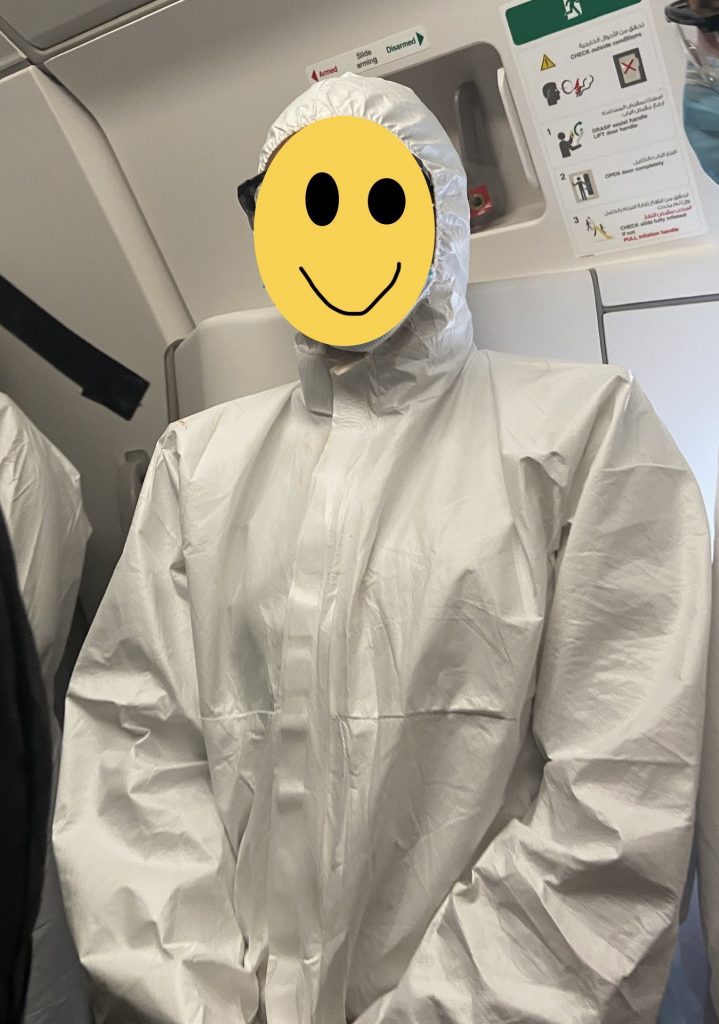
After landing, Immigration was a piece of cake and our bags were already on the belt. Surprisingly, the customs gates were fully staffed (maybe they are bored?) but we passed unchallenged. Outside we were greeted by my Mom who wanted to take a few pictures of the nearly deserted departure hall. We then went home with my parents with the next adventure ahead of us: Finding a job.
